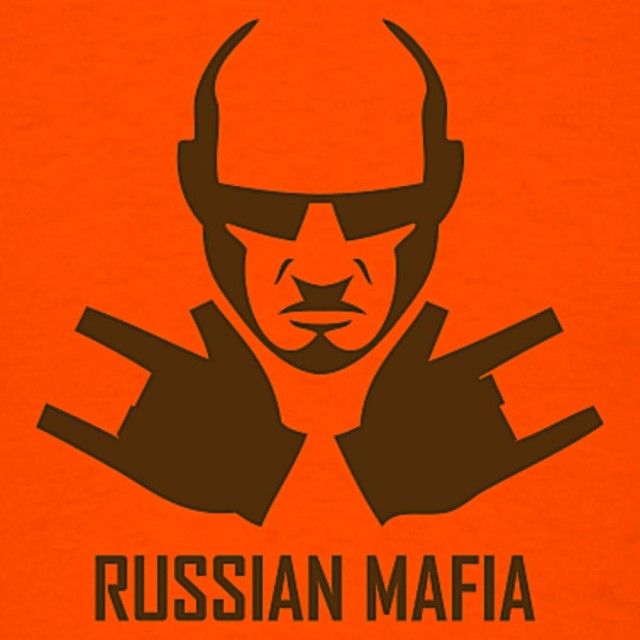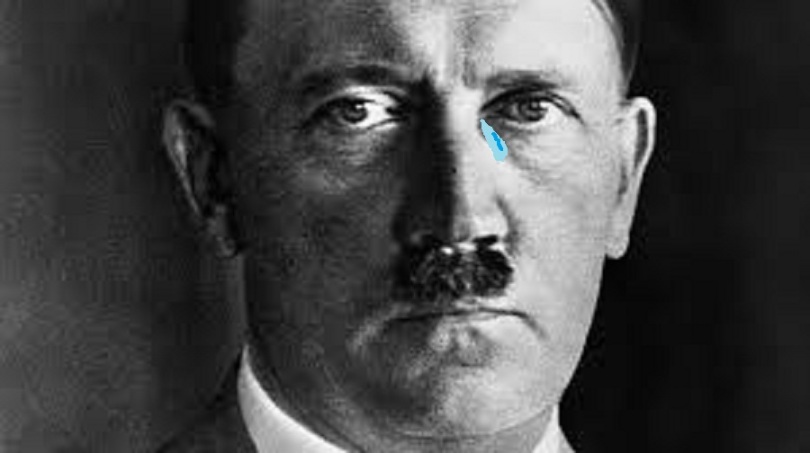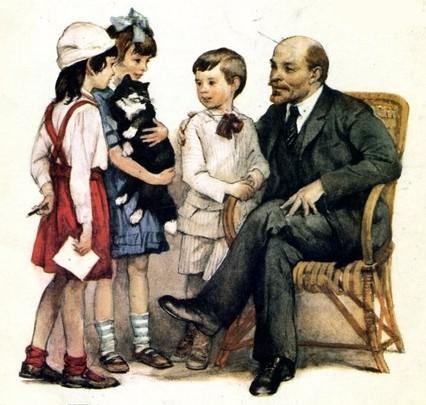While the collapse of the Soviet Union shook Russia’s economic foundations and government infrastructure as a whole it also created an open window for a new kind of leadership within the weakened Russian government: Russian Organized Crime (ROC). Also, known as the Russian Mafia of Bratstvo (the brotherhood), the Russian Mafia quickly made their presence known in a time of uncertainty and insecurity. Though the mafia itself existed during the communist ruled Soviet Union, it lived through deals and “hush hush” transactions. The Soviet government allowed the mafia to exist as long as the organization did not effect communist rule. Though the Russian Mafia was present during communist’s rule, the organization did not thrive but only survived. It was the fall of the Soviet Union and communism that consequently led to the downfall of government infrastructure that welcomed the Russian Mafia and other organized crime organizations to the beginning stages of the Russian market economy.
In a struggle to consolidate and systematize a new working government, Russian government officials fell into the traps of the corrupt who often worked hand-in-hand with organized criminals, the mafia. Soon after gaining a hold on government officials and politicians, the mafia began to expand their reach to more profitable and dependable resources. Their first stop to power was the purchasing of state-owned assets including communication, energy, gas, and oil and various other industries that would help the mafia cause: control and cash intake. Secondly, the mafia began to sell its goods to the public: protection and security for those who performed well in the eyes of the mafia. These tactics were used to intimidate and control the Russian population both civilians and political persons.
The rise of Russian Organized Crime led to the creation of numerous oligarchs alongside the rise of the Russian Mafia that would rule in the chaotic post-Soviet era. These oligarchs came from all backgrounds, businessmen, political and criminals but they all used organized crime to their advantage and to push their agendas forward in a new Russia. After the fall of the Soviet Union many government functions failed to last: social security, pensions and property protection are only a few. The Russian people were in peril and at the time the Russian Mafia wore the red cape.
Jumping forward, once Vladimir Putin came to power he recognized the potential threat that organized crime as a whole could present: it was easily more effective than the current ruling state and it owned all assets valuable to the Russian government. Power therefore did not rest with the state but rather than these numerous organized crime organizations. Since 1999, Putin has made numerous adjustments to gain the upper hand and to put an end to organized crime within the Russian government.
Consequences of the Collapse of the Soviet Union. Norwich University. October 2017. Accessed April 26, 2018. https://graduate.norwich.edu/resources-mah/articles-mah/consequences-of-the-collapse-of-the-soviet-union/.
Utrata, Alina. Russian Organized Crime. Stanford Model United Nations Conference. 2014. Accessed April 26, 2018. http://web.stanford.edu/group/sias/cgi-bin/smunc/wp-content/uploads/2014/10/Russia-BG-Final.pdf.
Organized Crime in Russia. Stratfor. April 16, 2008. Accessed April 26, 2018. https://worldview.stratfor.com/article/organized-crime-russia.







